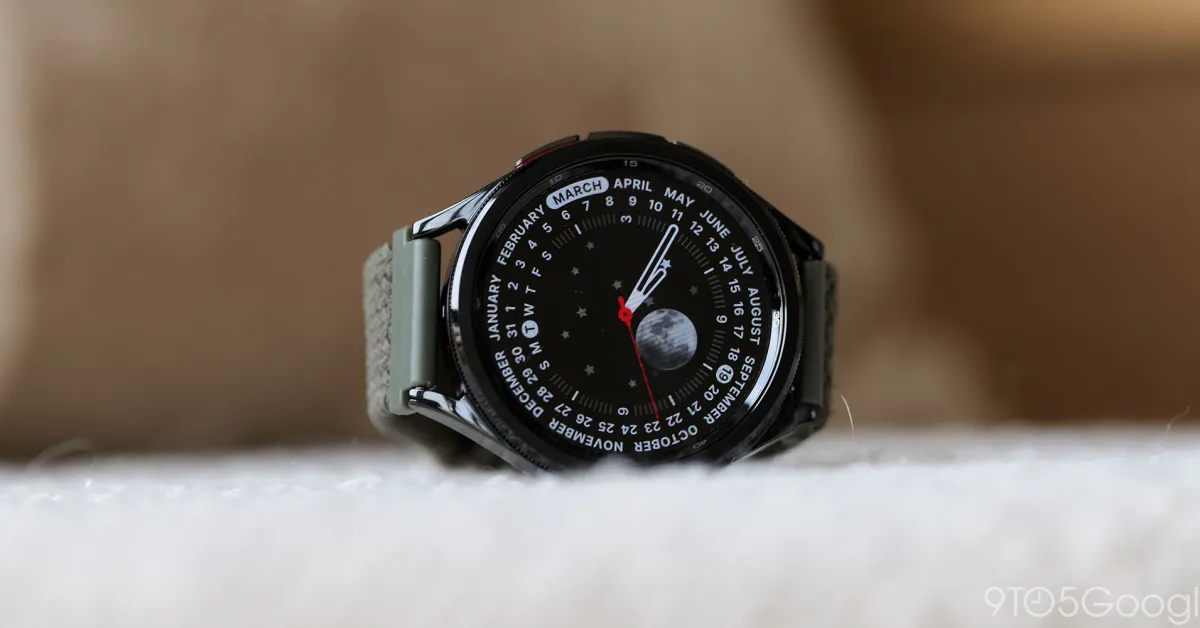By Dr. Kamal Kant Kohli,Jacinthlyn Sylvia
Copyright medicaldialogues

A new study published in the journal of Clinical Cardiology revealed that acoustic cardiography (ACG), which combines ECG with heart sound analysis, may help in the early detection of preeclampsia (PE). Key parameters like Left Ventricular Ejection Time (LVET) and Q2S2Max showed significant changes in women with preeclampsia. When these measures were combined with clinical risk factors (e.g., hypertension history), the predictive accuracy improved. This suggests acoustic cardiography could be a noninvasive, cost-effective tool for identifying preeclampsia risk, though larger studies are needed for validation.This study involved a total of 59 pregnant women, including 31 diagnosed with PE and 28 healthy controls. Using synchronized ECG and phonocardiogram (PCG) monitoring, the study examined LVET and other heart function indicators to test whether subtle cardiovascular changes could flag PE risk before severe complications arise.Women with PE had significantly prolonged LVET, averaging 320 milliseconds when compared to 301 milliseconds in healthy pregnancies. This extension reflects increased cardiac afterload, when the heart works harder to pump blood against stiffened vessels.LVET alone demonstrated moderate predictive value, with a sensitivity of 72% but lower specificity at 57%. However, when LVET was combined with a clinical factor, the diagnostic accuracy improved considerably. In this combined model, the area under the curve (AUC) rose to 0.776, with specificity climbing to nearly 78%, significantly reducing false positives and making screening more reliable.Beyond LVET, the study also found differences in Q2S2Max, which represents the interval between electrical and mechanical heart activity. Women with PE displayed higher Q2S2Max values (426 ms compared to 404 ms in controls), a sign of vascular stiffness and early dysfunction in how the heart and blood vessels interact. This supports the hypothesis that cardiovascular impairment is deeply linked to PE’s progression.Overall, this study suggests that ACG-derived metrics, particularly LVET and Q2S2Max, when considered alongside known clinical risks, can serve as effective early-warning tools for PE. Unlike invasive methods, ACG offers a portable, AI-assisted, and cost-efficient approach, potentially transforming maternal health monitoring in resource-limited settings.Reference:Tang, C., Zhang, X., Wang, M., Xiong, Y., Zhu, Y., Huang, Q., & Zhou, N. (2025). Acoustic cardiography (ACG) for left ventricular ejection time (LVET) monitoring in preeclampsia risk prediction. Clinical Cardiology, 48(9), e70210. https://doi.org/10.1002/clc.70210



